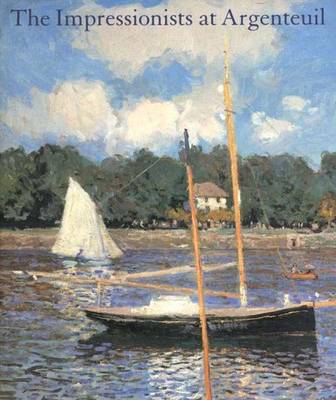A small, unspoiled town on the outskirts of Paris, Argenteuil became a hub of artistic activity during one of the most exciting periods in art history - the decade of the 1870s, when true impressionism was born. Drawn to Argenteuil in search of new inspiration, Claude Monet settled there in 1871. The beauty of the town and its proximity to Paris, along with the amiable presence of Monet himself, soon attracted other artists, who found there the inspiration to create some of the most lyrical, dazzling, and progressive paintings of the day. This richly illustrated book explores the responses of six influential painters to Argenteuil in more than fifty of their works. With scenic vistas still unmarred by urban industrialisation, Argenteuil in the 1870s was ideally suited to the experiments in plein-air effects that became the hallmark of classic impressionist works. Paul Hayes Tucker describes the lively artistic exchange that developed among Monet, Eughne Boudin, Gustave Caillebotte, Idouard Manet, Auguste Renoir, and Alfred Sisley as they worked, often side by side, in and around the town.
At Argenteuil, Tucker shows, the artists' fascination with atmospheric effects, depictions of modern life, and dialogue with one another coalesced to produce a unique and revolutionary body of work. This book is the catalogue for an exhibition at the National Gallery of Art, Washington, D.C., from 28 May to 20 August, 2000 and at the Wadsworth Atheneum, Hartford, Conn., from 6 September to 3 December, 2000.
- ISBN10 0300083491
- ISBN13 9780300083491
- Publish Date 11 May 2000
- Publish Status Out of Print
- Out of Print 18 December 2009
- Publish Country US
- Imprint Yale University Press
- Format Hardcover
- Pages 176
- Language English
